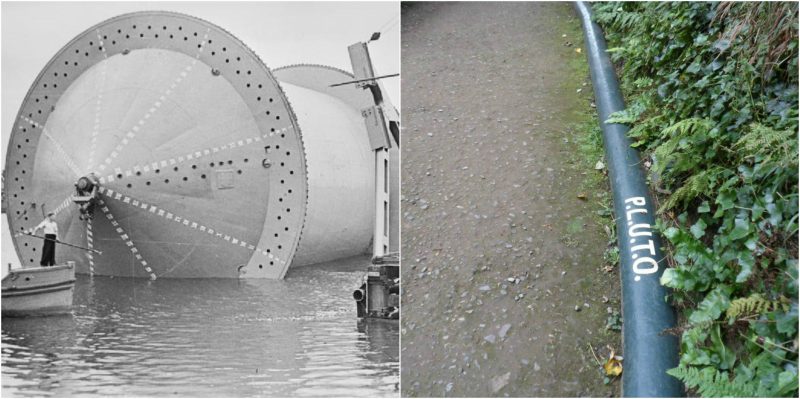When the Allied forces started to plan their invasion of Normandy (Operation Overlord), oil was among the resources they needed the most.
During this time, most fuel was transported by oil tankers that were exposed to attacks by German submarines. Most of the tankers were also used in the Pacific War, so the British and American forces needed an alternative way of transporting fuel to France. This is how Operation Pluto was born.
Operation Pluto was a plan devised by British engineers, oil companies, and the armed forces to construct undersea oil pipelines under the English Channel between England and France. This was supposed to provide a steady stream of oil for the Allied invasion of Normandy in June 1944.
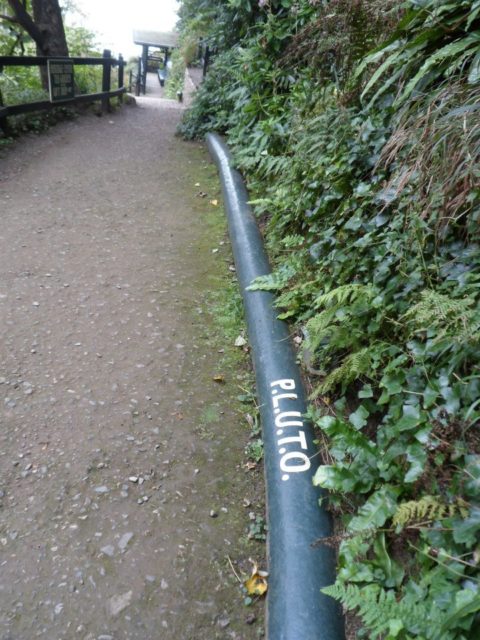
The chief engineer behind this project was Arthur Hartley from the Anglo-Iranian Oil Company. He proposed using modified submarine telephone cable as pipes and his idea was accepted. Research and testing began in 1942 and soon, two different types of pipelines were developed: a flexible HAIS (Hartley-Anglo-Iranian-Siemens) pipe with a three inch (75 mm) diameter lead core, weighing around 55 long tons per nautical mile; and a less flexible steel pipe of similar diameter, developed by engineers from the Iraq Petroleum Company and the Burmah Oil Company, called HAMEL.
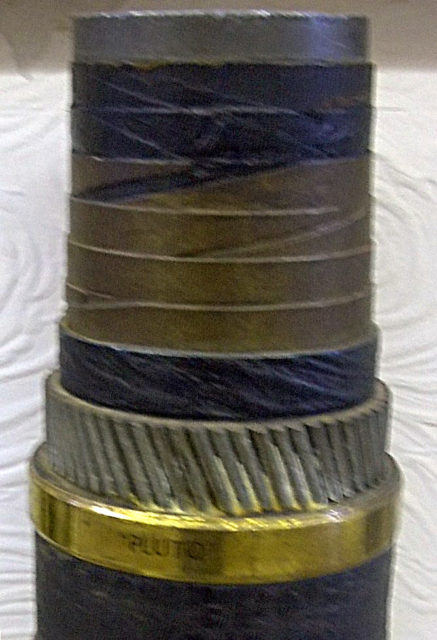
The first type of pipe was good, but it turned out that it was more expensive for production. It needed a huge amount of lead and obtaining it would mean stripping down every church roof in Britain. The HAMEL pipe was cheaper because it was made of mild steel. During testing, they realized it was better when the final sections of the pipeline were made of HAIS pipe.
Because the HAMEL pipe was less flexible than the first type, they needed to make a special rig called The CONUN drum which would help them deploy the pipes. CONUN Drum is short for Cone-ended drum, which was exactly what this piece of apparatus was.
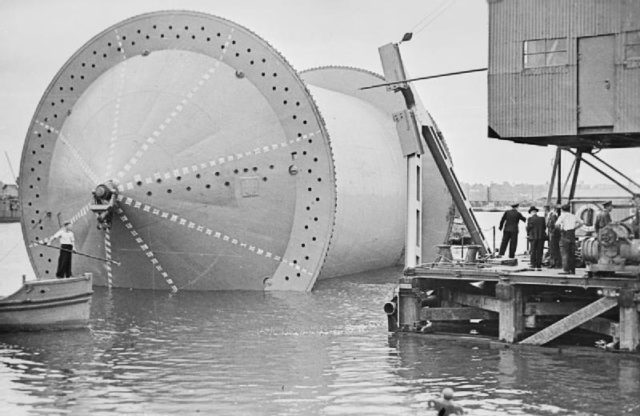
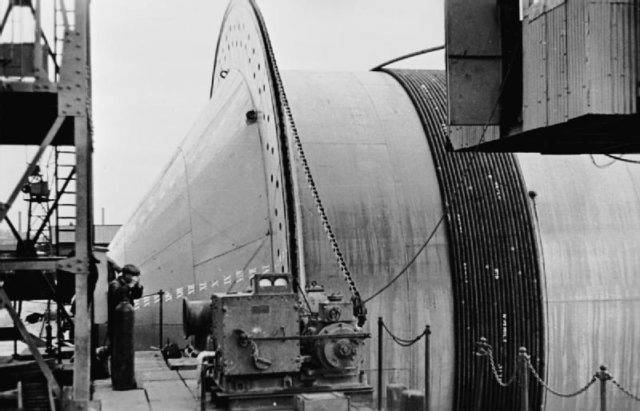
After several tests, lengths of both of the pipes were laid in the Clyde in June 1942 and their performance was successful; Operation PLUTO was officially part of the Allied plans for the invasion of Europe. They marked this plan as: “strategically important, tactically adventurous, and, from the industrial point of view, strenuous”. This project also demanded bigger ships because the existing cable ships couldn’t carry the load of the pipes and weren’t powerful enough to lay them on the seabed. For this purpose, a few merchant ships were refitted with special gear for pipe-laying.
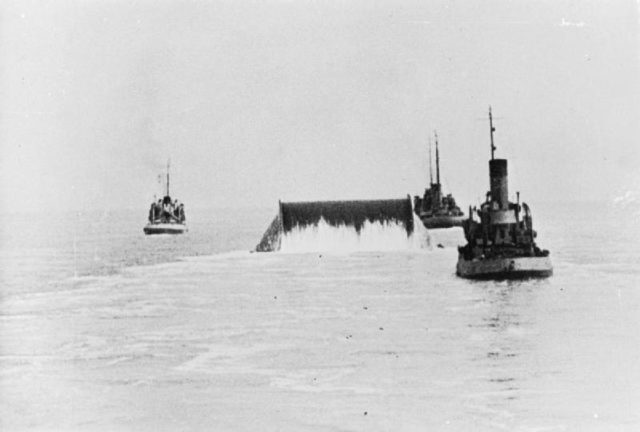
The production of the pipes was started on 14 August 1942 with steel from the disused Corby steel works. By 30 October 1942, 30 miles of cable were finished and loaded on board HMS Holdfast for the full-scale rehearsal of Operation PLUTO. The rehearsal was successful and the results contributed to a few modifications that made the pipeline even more efficient.
Work on the first line to France began on 12 August 1944. This initial pipeline was laid over the 130 km (70 nautical miles) from Shanklin Chine on the Isle of Wight across the English Channel to Cherbourg. As the battles continued and allied forces came closer to Germany, 17 more lines (11 HAIS and 6 HAMEL) were laid from Dungeness to Ambleteuse in the Pas-de-Calais.
When the PLUTO pipeline started pumping oil to France, the officials were very disappointed by its performance. from June to October 1944 it managed to bring only 150 barrels per day, which was just 0.16% of the total need of the Allied forces.
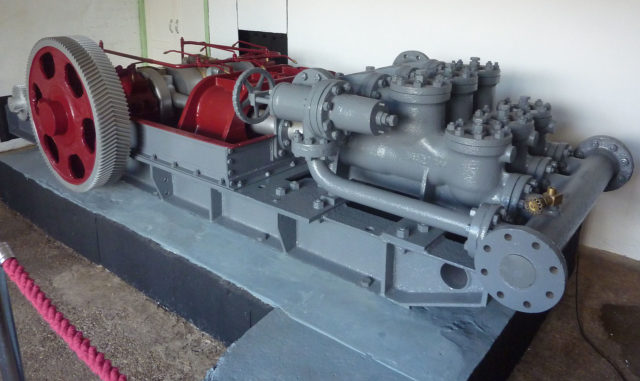
As the war effort continued, the pipeline got better and better: in January 1945, it managed to pump 305 tons per day and by March its efficiency increased to 3,048 tons per day. By the end of the war, a total of 781 000 m³ of fuel had been transported to the troops in Europe. It became the main Allied supply line for fuel until a better solution was found and it remained in use even after the war.
Remains of the pipeline can be traced on different locations around Romney Marsh. In some parts, the pipes crossed water drainage ditches and were enclosed in concrete cases above ground. Some of these cases can still be found.

The importance of the PLUTO pipeline can be measured with the Mulberry Harbors (built after D-Day). This operation entered the hall of fame of military engineering as one of the biggest feats in history.
Read another story from us: Out of Gas: Photos from the 1973 Oil Crisis in the United States
Besides its importance during WWII, this pipeline also laid the foundations for future flexible pipe technology that is crucial for offshore oil drilling.
